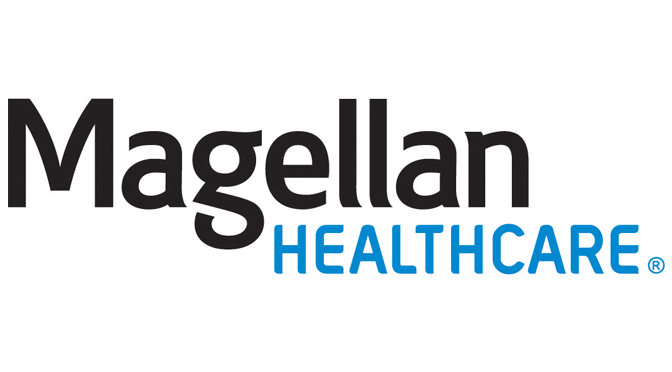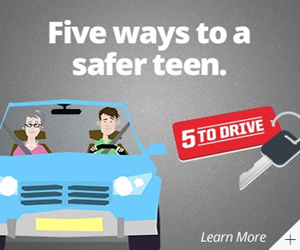|
|
By: Gerald Busch, MD, Medical Director, Magellan Healthcare, Anita Kelly, Clinical Contract Advisor, Magellan Behavioral Health of Pennsylvania, and Ivana Romeo, Senior Care Manager, Magellan Behavioral Health of Pennsylvania
As we take a close look at marijuana, it’s a drug that contains close to 500 chemicals, including THC. Marijuana and hallucinogen use among young adults reached an all-time high in 2021. According to the National Institute on Drug Abuse, “The proportion of young adults who reported past-year marijuana use reached 43% in 2021, a significant increase from 34% five years ago (2016) and 29% 10 years ago (2011). Marijuana use in the past month was reported by 29% of young adults in 2021, compared to 21% in 2016 and 17% in 2011. Daily marijuana use also significantly increased during these time periods, reported by 11% of young adults in 2021, compared to 8% in 2016 and 6% in 2011.”
Further, marijuana today compared to marijuana from earlier decades is more highly potent. THC is the primary psychoactive substance that affects a person’s mental state. In decades past, marijuana contained an average of 4% THC. Now the average is about 12% THC. Marijuana is simply more potent than it has ever been. Higher THC levels lead to more vulnerabilities particularly for teens; including, anxiety, irritability, thought disturbances, and physical ailments such as nausea and vomiting. More THC leads to higher rates of dependency and addiction. According to SAMHSA, one-in-six people who start to use marijuana before the age of 18 can become addicted.
Expert opinions are consistent with the negative consequences associated with teenage marijuana use. For example:
- According to a 2021 review published in the journal Frontiers in Psychiatry, “adolescent cannabis use has been associated with alterations in brain structure and function, which may be related to cognitive and emotional processing impairments, as well as a higher risk of mental health disorders in adulthood.” (1)
- A 2021 study published in the Journal of Adolescent Health found that “adolescents with cannabis use disorder had significantly lower academic achievement, were more likely to be disengaged from school, and reported lower levels of social support than adolescents without cannabis use disorder.” (2)
- A 2021 study published in the Journal of Safety Research found that “cannabis use was associated with a significantly increased risk of motor vehicle crash involvement among young drivers.” (3)
Street purchased marijuana can have the potential consequence of being laced with other unknown drugs. Decades of research show that when sold on the street, marijuana has been laced with cocaine, heroin, PCP, LSD, embalming fluid, methamphetamine, ketamine, laundry detergent, fungus and bacteria, glass, lead and other heavy metals, and in the most recent years fentanyl.
Similar to the legal age of 21 years to purchase alcohol in all states, states that have legalized the use of marijuana require that one must be 21 years of age to purchase and use the product. Some states, however, have lowered the age of medicinal use to 18 years.
This is concerning and counterintuitive. We know that the human brain continues to develop until about the age of 25, including areas of emotional regulation. Introducing chemicals such as alcohol and THC can significantly thwart cognitive and emotional development during the brain’s formative years of life. Self-regulation can sometimes be difficult for adolescents as they navigate peer pressure, ego development, and physical changes during this stage of life. Unfortunately, when legalized for medicinal and recreational purposes, the use of marijuana may appear harmless to unsuspecting youth and parents.
For further resources, please see information from SAMSHA, NIDA, and the CDC referenced below.
Citations:
- Renard J, Rushlow WJ, Laviolette SR. Adolescent Cannabis Use and Its Impact on Brain Development: A Review of Recent Evidence. Front Psychiatry. 2021;12:694123. doi: 10.3389/fpsyt.2021.694123
- Friese B, Grimsrud A, Frøyland LR. Cannabis Use Disorder in Adolescence and Educational and Social Functioning: A Longitudinal Study. J Adolesc Health. 2021;69(6):874-880. doi: 10.1016/j.jadohealth.2021.04.022
- Li G, Zhang X, Chung M, et al. Cannabis Use and Motor Vehicle Crash Involvement Among Young Drivers: A Systematic Review and Meta-analysis. J Safety Res. 2021;78:153-160. doi: 10.1016/j.jsr.2021.03.004
Additional Resources:
- SAMHSA, Talking With Your Teen About Marijuana
- National Institute on Drug Abuse
- Centers for Disease Control and Prevention
.
Information provided to TVL by:
Aubrey Proud
Director, Communications and Community Relations
Magellan Behavioral Health of Pennsylvania
Magellan Healthcare Division
https://www.magellanhealthcare.com/
https://www.magellanofpa.com/







